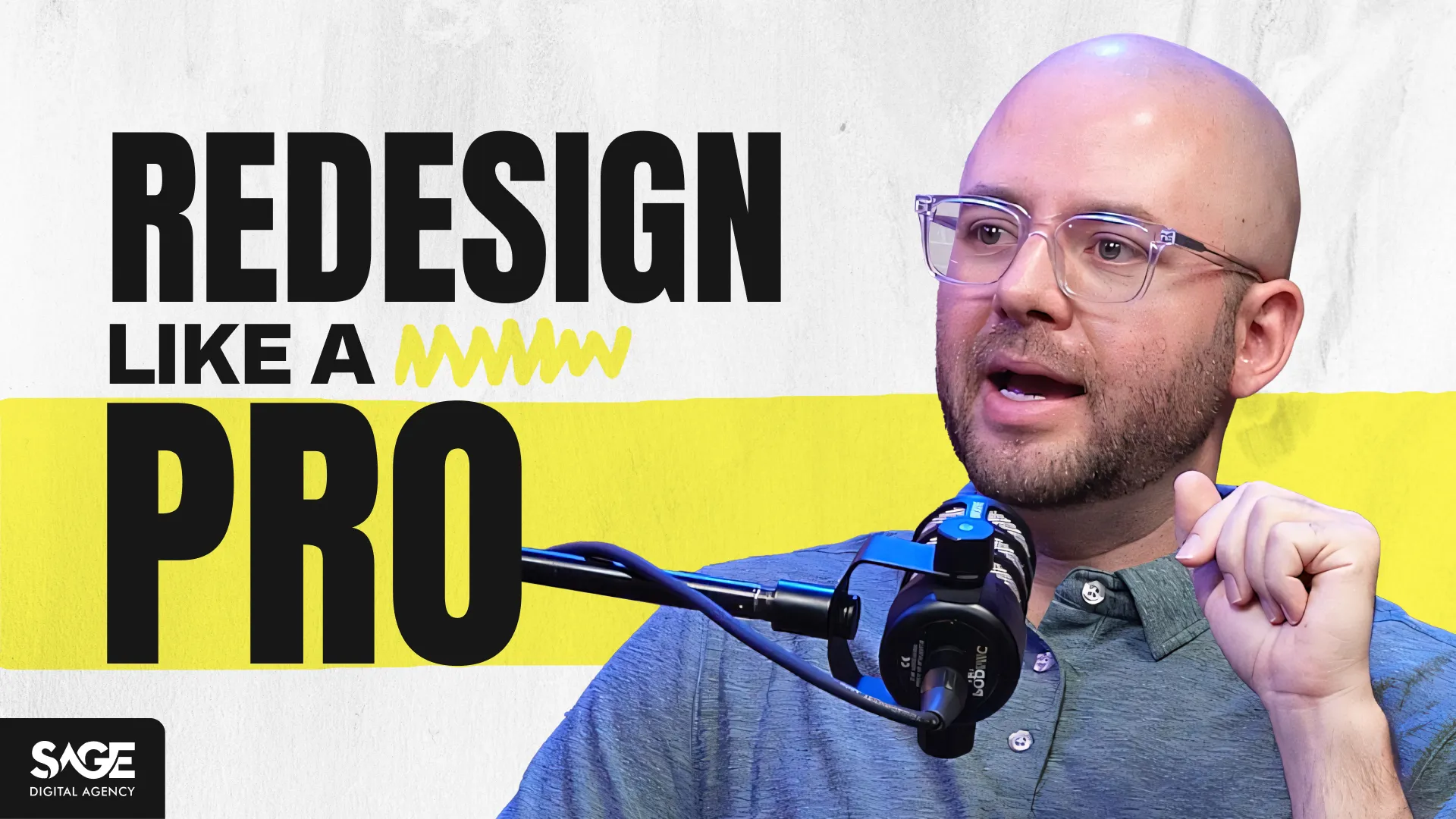Custom Website Redesigns for WordPress
In a recent conversation with Daryl, CEO and founder of Rokin Vapes, we explored the nuances of custom WordPress redesigns. This discussion revealed crucial insights for businesses contemplating a website overhaul.
Beyond Templates: The Power of Custom Design
While many designers resort to pre-made themes or drag-and-drop builders, these solutions are often inadequate for established businesses seeking a unique online presence. They might suffice for startups or low-budget projects, but for companies serious about their digital footprint, custom design is the way forward.
Custom design, using tools like Figma, offers unparalleled flexibility. It allows for unique branding that sets you apart from competitors, a tailored user experience that can improve conversions, and the ability to meet specific business needs that off-the-shelf solutions can’t address.
The Custom Design Process: Crafting Your Digital Identity
A professional custom redesign isn’t just about making things look pretty. It’s a strategic process aimed at improving user experience, potentially increasing sales and conversions, and accurately reflecting your brand.
The journey typically begins with gathering design inspiration from the client. Within the first week, initial mockups are created, setting the tone for the entire project. This is followed by iterations based on client feedback, ensuring the final product aligns perfectly with the client’s vision.
Once the homepage is approved, the focus shifts to designing interior pages. This stage is crucial for maintaining consistency across the site and ensuring a seamless user journey.
Mobile First: Adapting to Modern Browsing Habits
Today, mobile design isn’t just an afterthought – it’s often the primary consideration. With many businesses seeing up to 90% of their traffic from mobile devices, prioritizing mobile design is crucial. In some cases, it might even make sense to start with mobile design before tackling the desktop version.
Treading Carefully: Redesigning High-Traffic Sites
For websites with significant traffic and rankings, a complete overhaul can be risky. Instead, a phased approach is often more prudent. This might involve starting with restyling headers and footers, then moving on to redesigning templates (like product pages) rather than individual pages. Throughout this process, it’s vital to monitor the impact of changes on traffic and rankings.
Setting Realistic Expectations
A typical custom redesign project should take about 6 weeks, with a few weeks dedicated to the design phase in Figma, a couple of weeks for development, and additional time for QA and final adjustments. If a project is taking significantly longer, it’s worth questioning why and addressing any bottlenecks in the process.
Choosing the Right Partner for Your Redesign
When selecting a designer for your project, look for specialists rather than generalists. Their own website should showcase their skills – after all, if they can’t create an impressive site for themselves, how can they do it for you?
Most importantly, ensure they’re passionate about their work and invested in your success. The best designers see your project not just as a job but as a reflection of their own professional standards.
Conclusion: Investing in Your Digital Future
A custom WordPress redesign is more than just a facelift for your website – it’s an investment in your business’s future.
Your website is often the first interaction a potential customer has with your brand. With a thoughtful, custom design that truly represents your business, you can ensure that your first impression is a good one.





